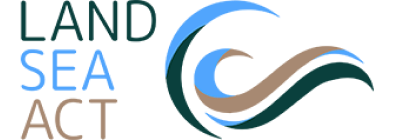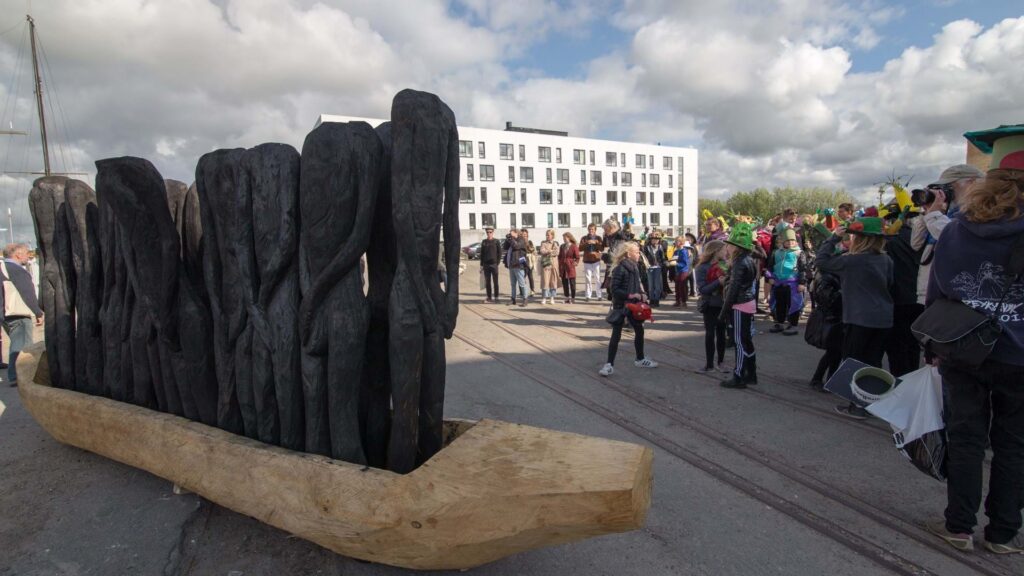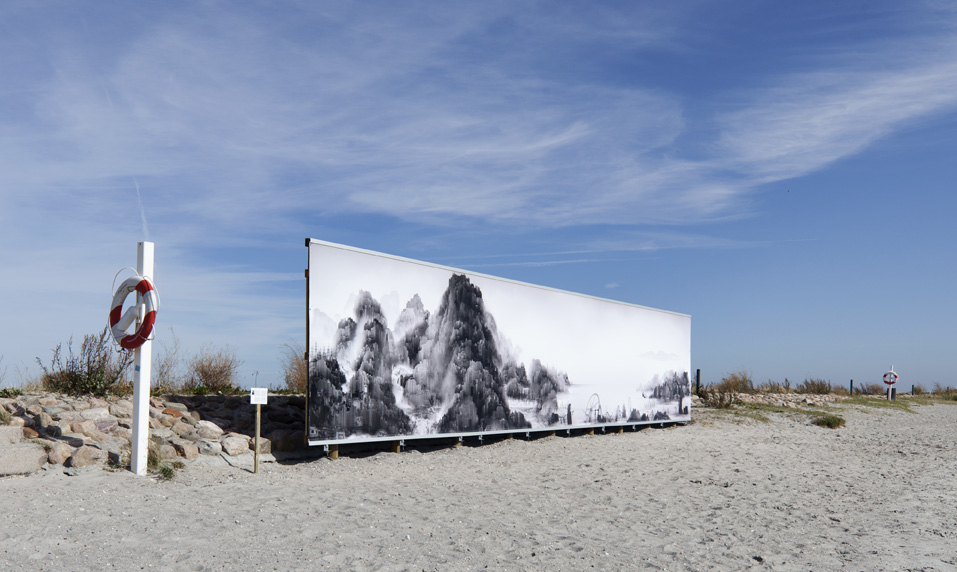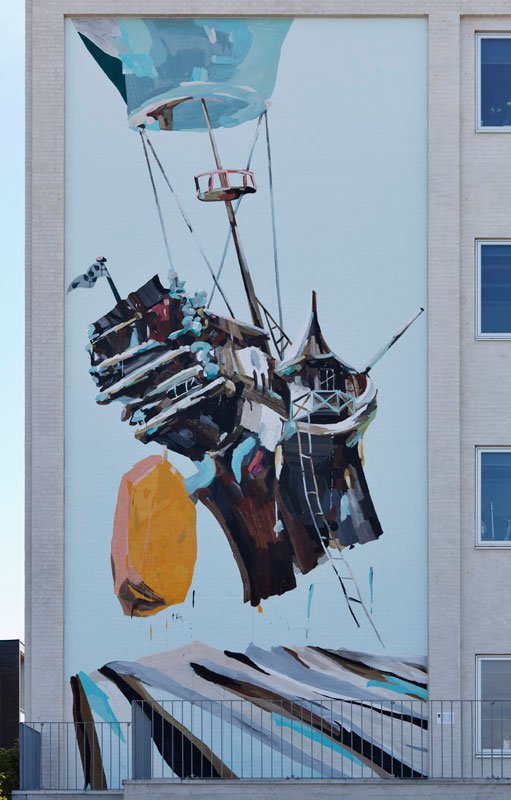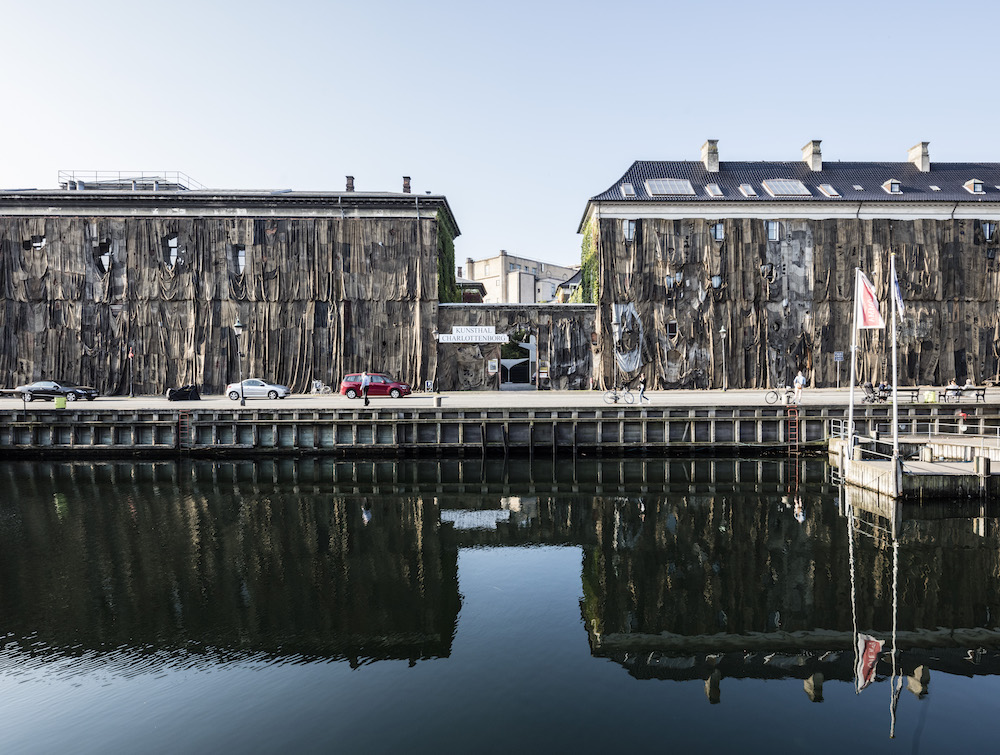Welcome to Land-Sea Art
The interaction between land and sea has been the theme of art in various ways throughout the ages, and the visual impression will always be crucial to our perception of time and space.
On this page, we depict many artistic productions referring to the harbour-front in Holbæk, or in other ways interacting with the sea, as our dominating and ever-changing context.
The intention of this Land-Sea Art tool is to give planners, artists, event organizers and other types of entrepreneurs input on how art can be used as a mediator to create liveliness, activities and business in the interface between land and sea. The examples portrayed are intended to demonstrate the development process, the costs, the lessons learned, etc. and the impact of the different projects. Please find these as inspiration and input for creating your own projects.
The project is funded by Interreg Baltic Sea Region. Please find further information about the Land-Sea Act project objectives and partnership at the bottom of the page.

ARTIST: Eko Prawoto
PHOTO: Joe Kniesek
Art makes us challenge our perception and question who we are, so by focusing on art as a mitigator between land and sea, we bring about the notion of perception, dreams, values and a multitude of intangible things that have not traditionally been incorporated into rational and logical urban planning.
The Land-Sea Art is the Danish contribution to Land-Sea Act
The project Land-Sea Act aims to bring together stakeholders involved in coastal management and planning to find solutions to Maritime Spatial Planning and Blue Growth challenges around the Baltic Sea and to elaborate Multi-level Governance Agenda on Blue Growth and Spatial Planning in Baltic Sea Region.
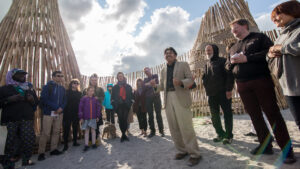
ARTIST: Eko Prawoto
PHOTO: Joe Kniesek
The way art influences us and makes us question our values and beliefs, makes us question/reflect upon the world we live in and can add new value to the land-sea experience. Indicators for a “good” life outside of normal economic KPIs offers a possible way for the advancement of blue growth that relies on more than economic growth – that of human growth.
A Baltic Collaboration
6 countries – Estonia, Latvia, Poland, Germany, Denmark and Sweden – are collaborating in the Land-Sea Act. Denmark is represented by the Holbæk Municipality, and the Danish contribution offers aspects that can help advance blue growth by focusing on the role of art as a mitigator for the experience of coastal regions.
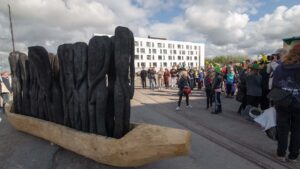
ARTIST: James Robert Koko Bi
PHOTO: Joe Kniesek
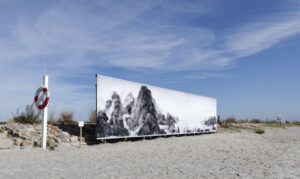
ARTIST: Yang Yongliang
PHOTO: Léa Nielsen
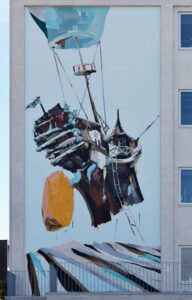
ARTIST: Mie Olise Kjærgaard
PHOTO: Léa Nielsen
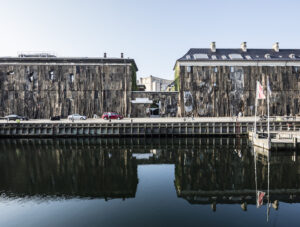
ARTIST: Ibrahim Mahama
PHOTO: Anders Sune Berg
If you make resident-based efforts, you develop the residents’ capacity for participation, but you may transmit a lack of vision of the residents by indirectly claiming that they lack a perspective. On the other hand, site-based efforts, which art in public spaces often expresses, develop participation opportunities for the residents in order to develop the areas, introducing a vision of resources, and considers the residents to be active and competent actors, instead of lacking vision.
Laila Jankowich
